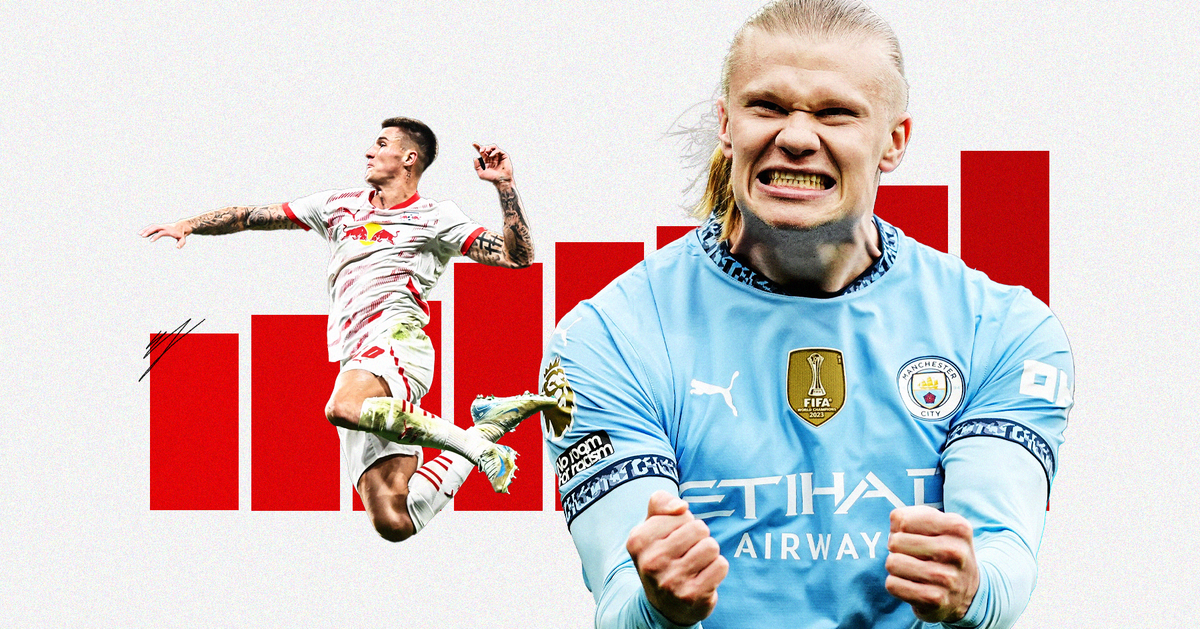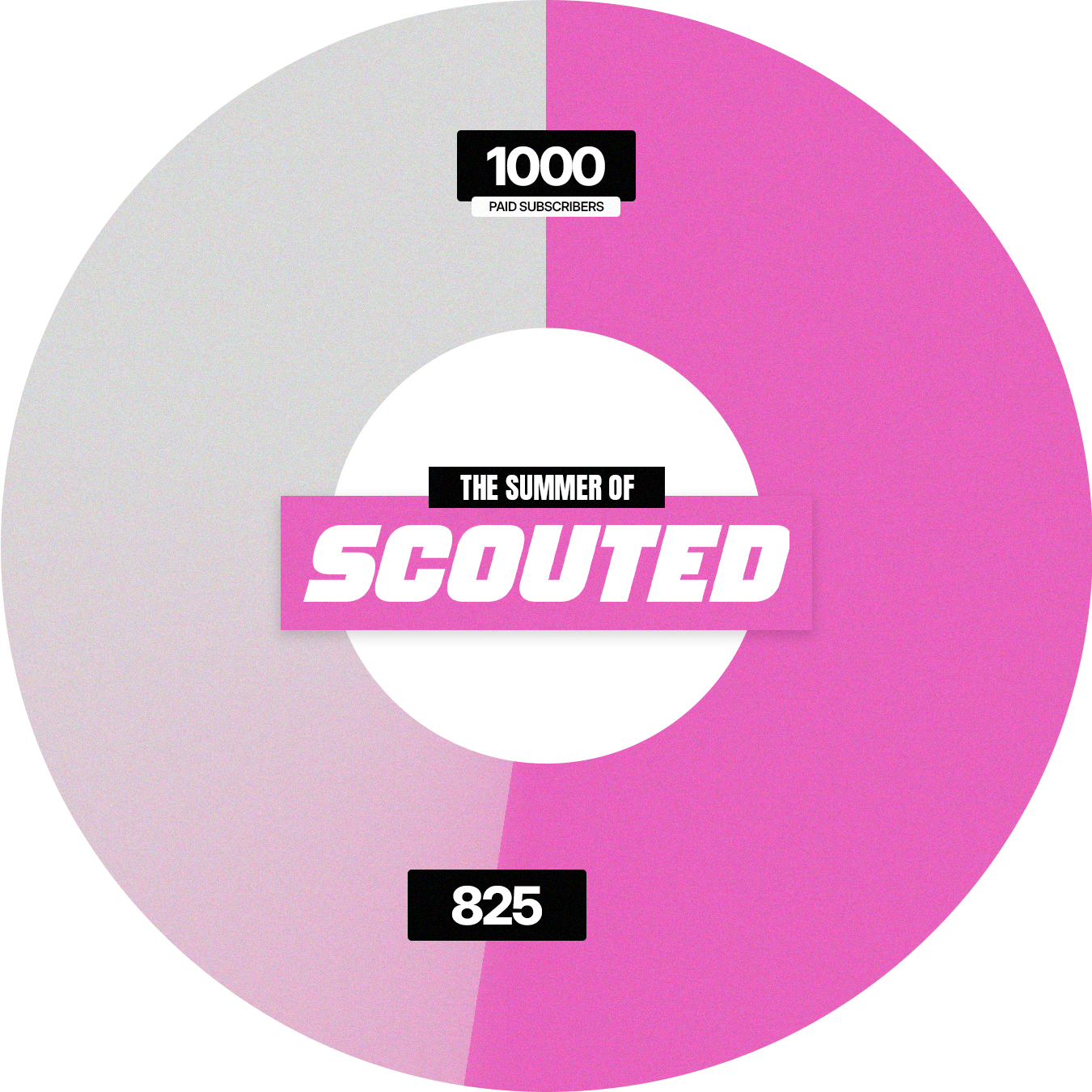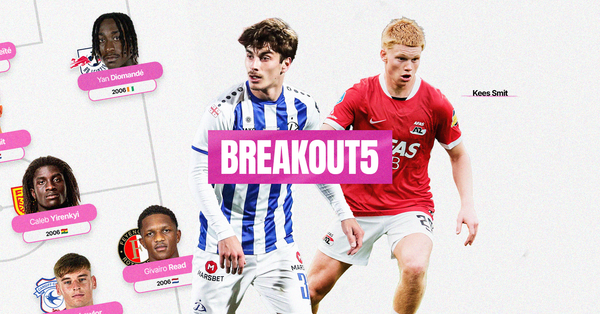Why are all the strikers massive again?
Detailing the reasons for and ramifications of the jumbo-sized centre-forward trend

The evolution of the 21st-century striker is documented, unsurprisingly, in books about tactics.
In The Mixer, Michael Cox writes that the old-school Premier League archetype of the centre-forward, “a tall, strong number-9 who remained in the penalty box and thrived on crosses”, eventually gave way to technical, hybrid strikers like Wayne Rooney, Carlos Tévez, Robin van Persie, Harry Kane, and even false nines like Roberto Firmino, who represented the antithesis to centre-forward orthodoxy.
Similarly, in Inverting the Pyramid, Jonathan Wilson describes how pure ”poachers” in the mould of Filippo Inzaghi and young Michael Owen were replaced by strikers who’d combine multiple traditional centre-forward archetypes in one. “The best modern forwards,” Wilson writes, “have at least an element of universality and – crucially – they have to be able to function within the system.” The age of the goal-hanging big striker was over; the time of the nine-and-a-half had come.
Today, the picture looks rather different. Most of the Premier League clubs challenging for titles and for Champions League qualification all possess, or are targeting, big, physical strikers. At the time of writing, Manchester City have Erling Haaland; Arsenal have bagged Viktor Gyökeres; Hugo Ekitiké is in Liverpool, signing a contract; Newcastle United are just about holding onto Alexander Isak; Liam Delap is settling in at Chelsea. What’s more, almost all the hyped young striker talents on the market are physical unicorns. Benjamin Šeško, Nick Woltemade, Samu Aghehowa, Emanuel Emegha, Tolu Arokodare, and Promise David are all 6’4” and above, and combine their height and strength with great mobility, if not blistering pace.
Most of these strikers aren’t known for their technical refinement in possession, either. Though their passing and link up play remains raw at best, buying clubs seem unperturbed. While it won’t much bother David Moyes, Everton’s new 6’5” signing Thierno Barry is a prime example: he possesses great physicality, off-ball intelligence, and dribbling, but completed just 8.1 passes p90 last season, and his first touch and weight of pass remain very inconsistent.
So what’s going on here? Why are big, physical strikers who spend most of their time stretching backlines and attacking the box en vogue again, decades after they were phased out?
The answer may lie in tactical trends over the past five years and emerging patterns in player development. Using stats, stills, and conversations with a few experts, I set out to investigate.

825/1000
Reaching 1,000 paid subscribers by the end of August would change the outlook of SCOUTED forever. Get a year's reading at just 27p per piece, and fund writers like Ashwin. G'wan.
Find out more




